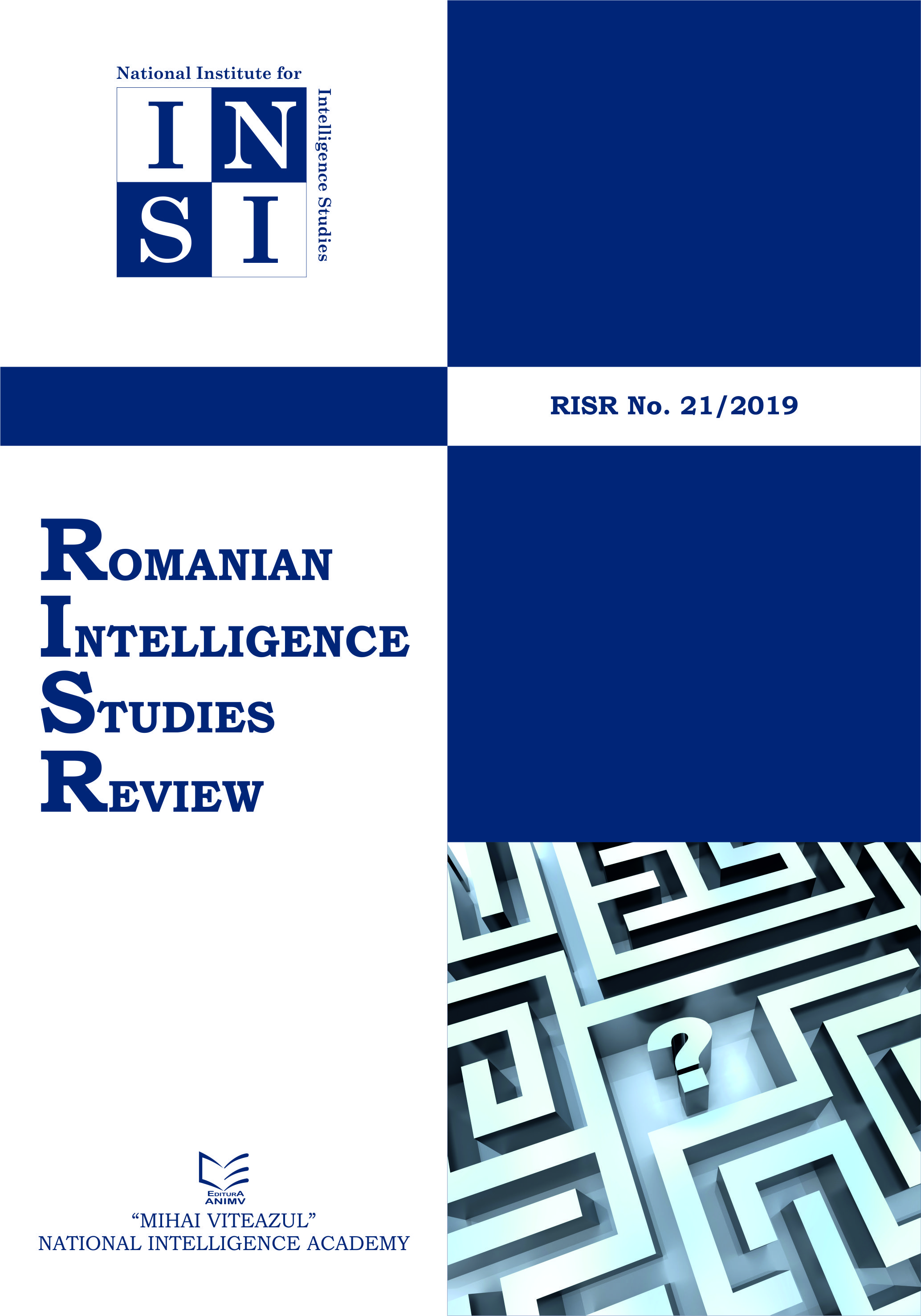CASE STUDIES INTO THE UNKNOWN – LOGIC & TOOLING
CASE STUDIES INTO THE UNKNOWN – LOGIC & TOOLING
Author(s): Giliam DE VALKSubject(s): Politics / Political Sciences, Security and defense
Published by: National Institute for Intelligence Studies
Keywords: Β; unknown; tooling; Rumsfeld Matrix; logic;
Summary/Abstract: Case study is the most common method in intelligence research. Intelligence analysis takes place in a context of denial and deception by opponents that also constantly innovate themselves. In that context, the analyst does not want to miss threats. Can a research design on threats be structured such that less relevant relationships are missed? In methodological terms: to reduce the value of the β. A tool is presented in which different types of unknowns are distinguished, in which either the data or the technique to retrieve those data are unknown. In this tool – the Rumsfeld Matrix – both the quantitative and qualitative approach is integrated. Also, all three types of logic – abduction, deduction, and induction – can be applied. Thus, the change of missing relevant relationships on threats is reduced. Next, a model is presented to assess what is covered in a case study in terms of logic. It is tool to organize and evaluate your case research. Through this Standard Logic Model it can be visualized what the current coverage of a case is, and what the desired state would look like. It is also assessed what techniques will cover what part of a case. It integrates three aspects. Firstly, all three forms of logic are included. Secondly, it combines both the qualitative and quantitative approach. Thirdly, analysis by humans and analysis by machines is combined. It will lead to an enhanced way of working – that of augmented analysis in which humans and machines are paired in their analytic effort.
Journal: Romanian Intelligence Studies Review
- Issue Year: 2019
- Issue No: 21
- Page Range: 243-268
- Page Count: 26
- Language: English

